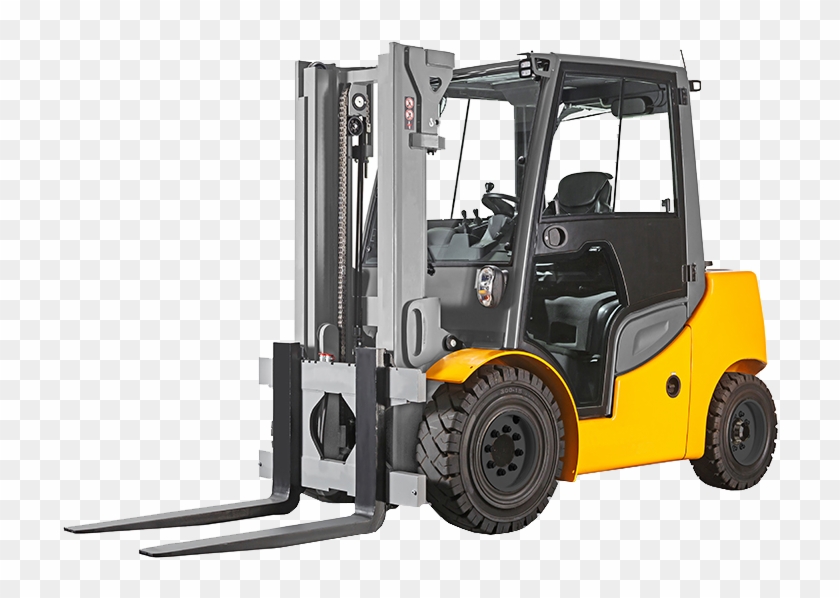Manufacturing Forklifts: Balancing Quality and Cost
Manufacturing Forklifts: Balancing Quality and Cost
Blog Article

In today's fast-paced industrial environment, the role of a reliable forklift manufacturer cannot be overstated. Forklifts are essential for enhancing productivity in warehouses, construction sites, and manufacturing plants, where they facilitate the movement of heavy loads with ease. However, as companies strive to optimize their operations, they often find themselves at a crossroads between quality and cost. The challenge lies in sourcing forklifts that not only meet their operational needs but also fit within their budget constraints.
Manufacturing forklifts involves a delicate balance between employing advanced technology and maintaining cost efficiency. A reputable forklift manufacturer understands the significance of rigorous quality standards while navigating competitive pricing models. Businesses must consider factors such as durability, safety features, and serviceability when selecting their material handling equipment. Striking this balance is crucial for ensuring long-term satisfaction and operational efficiency, making the choice of manufacturer a vital aspect of overall strategy.
Quality Control in Forklift Manufacturing
In the manufacturing of forklifts, quality control is a critical component that ensures safety, durability, and reliability. Forklift manufacturers implement rigorous testing processes throughout production to meet industry standards and regulations. This involves both material inspections and performance evaluations to catch any defects early in the manufacturing process. By using advanced technology, such as automated inspection systems, manufacturers can maintain high levels of accuracy and efficiency in their quality control procedures.
Another essential aspect of quality control is employee training. Skilled workers play a pivotal role in the manufacturing process, and ongoing training ensures that they are familiar with the latest industry practices and technologies. This focus on education helps workers to identify potential issues before they escalate into larger problems, ultimately leading to a more reliable product. A well-trained workforce is vital in fostering a culture of quality, resulting in forklifts that stand the test of time and perform well under demanding conditions.
Additionally, manufacturers often engage in regular audits and assessments of their quality control systems. These evaluations help identify areas for improvement and enable manufacturers to adapt to changing market demands and technological advancements. By remaining proactive in their quality control efforts, forklift manufacturers can enhance their reputation, reduce warranty claims, and build long-lasting relationships with their customers, ensuring they strike the right balance between quality and cost.
Cost-Effective Production Strategies
To maintain competitiveness in the forklift manufacturing industry, companies must adopt cost-effective production strategies that do not compromise quality. One effective approach is the implementation of lean manufacturing principles. By streamlining processes, reducing waste, and optimizing resource allocation, manufacturers can lower operational costs. Techniques such as Just-in-Time inventory management ensure that materials are available only when needed, minimizing excess inventory that ties up capital.
Another vital strategy involves investing in automation and technology. Modern manufacturing equipment can significantly enhance efficiency and precision in production. Automation reduces the need for labor-intensive processes, which not only cuts costs but also increases product consistency. By utilizing robotics and advanced manufacturing technologies, forklift manufacturers can achieve higher output rates while maintaining high safety and quality standards.
Finally, fostering strong relationships with suppliers can lead to cost advantages. Building partnerships allows manufacturers to negotiate better terms on materials and components, resulting in reduced production costs. Collaborating with suppliers can also open up avenues for innovative materials that may improve product quality while remaining budget-friendly. By leveraging supplier expertise and economies of scale, forklift manufacturers can further enhance their cost-effectiveness without sacrificing the reliability of their products.
Electric Forklift Unloading Operations
Balancing Quality and Cost in Forklift Design
Achieving a balance between quality and cost is a central challenge for forklift manufacturers. High-quality materials and advanced manufacturing processes can significantly enhance the durability and performance of forklifts. However, these improvements often come with increased costs, which can deter potential buyers who are looking for more economically feasible options. Thus, manufacturers must carefully evaluate the trade-offs involved in material selection and production methods to deliver reliable products without pushing prices beyond market expectations.
Cost-effective design strategies can also play a crucial role in maintaining quality while managing expenses. Innovations in manufacturing, such as lean production techniques and automation, can reduce waste and operational costs. By optimizing the supply chain and improving production efficiency, forklift manufacturers can lower their overhead without compromising the integrity of the final product. This requires a commitment to ongoing research and development to identify the most effective processes and materials that align with industry standards.
Ultimately, the long-term goal for forklift manufacturers is to cultivate a reputation for both quality and affordability. Customers today seek forklifts that not only perform reliably under various conditions but also offer competitive pricing. By focusing on innovative design solutions that enhance quality while being cost-effective, manufacturers can create a loyal customer base and ensure sustainable growth in an increasingly competitive market.
Report this page